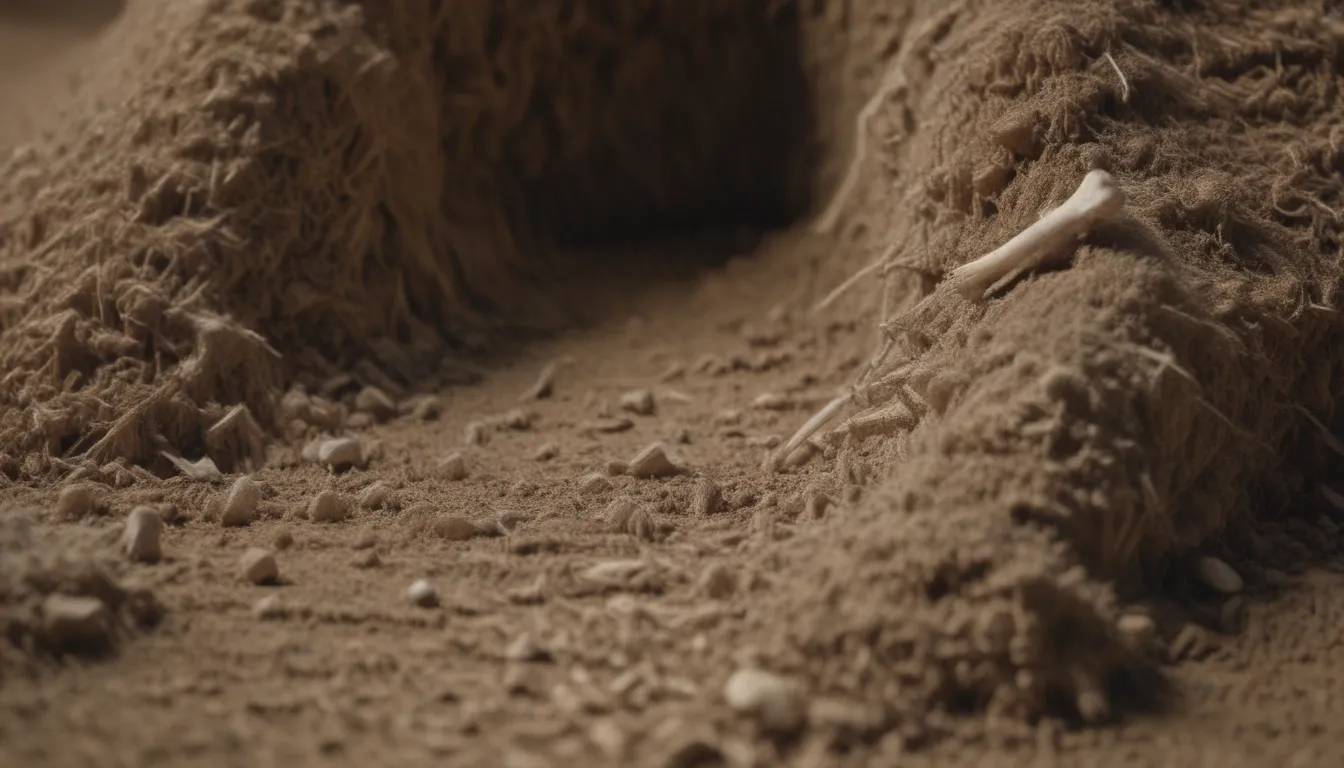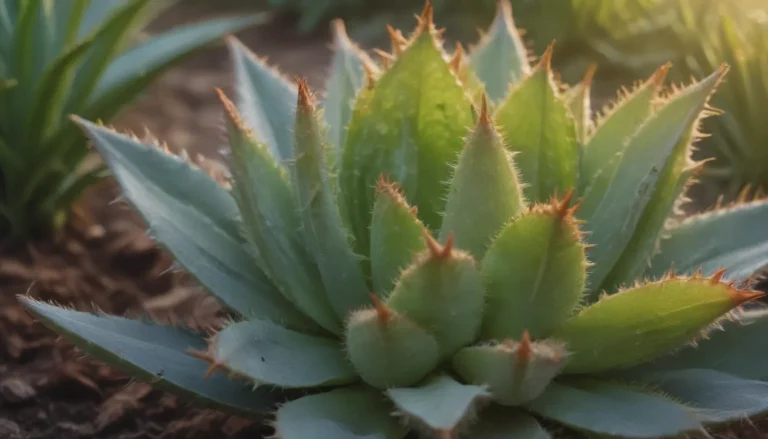Everything You Need to Know About Bone Meal Fertilizer

Are you looking for a way to nourish your soil and create a thriving garden? Bone meal fertilizer might be the solution you’ve been searching for. In the quest for a lush and healthy garden, many gardeners turn to bone meal fertilizer for its nutrient-rich properties. However, before you rush to add it to your soil, it’s essential to understand both the benefits and drawbacks of this soil enhancer.
What Exactly is Bone Meal Fertilizer?
Bone meal fertilizer is a natural product made from steamed animal bones that have been ground into a fine powder or granules. These bones are rich in essential nutrients and minerals that can benefit your plants, helping them grow healthier and stronger. While bone meal fertilizer offers many advantages, it may not be suitable for every situation.
The Pros of Using Bone Meal Fertilizer
There are numerous benefits to using bone meal fertilizer in your garden:
- Rich in Calcium: Bone meal is packed with calcium, which helps strengthen plant cell walls and promote robust growth.
- Rich in Phosphorus: Phosphorus is another key nutrient found in bone meal fertilizer, playing a significant role in various plant functions such as photosynthesis, root development, and energy transfer.
- NPK: Nourishment for Plants: NPK represents the three essential nutrients plants need – nitrogen, phosphorus, and potassium.
- Long-lasting: Bone meal fertilizer breaks down slowly, providing your plants with a steady source of nutrients throughout the growing season.
- Organic: Ideal for organic gardening, bone meal fertilizer is chemical-free and promotes soil health by feeding beneficial microbes.
The Cons of Using Bone Meal Fertilizer
While bone meal fertilizer offers numerous benefits, there are some drawbacks to consider:
- Attracts Animals: The smell of bone meal may attract unwanted pests and animals, leading to potential garden disturbances.
- Soil pH: Bone meal fertilizer is most effective in acidic soil, making it less suitable for alkaline soil types.
How to Apply Bone Meal Fertilizer
Before applying bone meal fertilizer to your garden, it’s crucial to perform a soil test to determine if it’s the right choice for your soil. Here are some tips on how to apply bone meal fertilizer effectively:
- Soil Test: Perform a soil test to assess your soil’s nutrient levels and pH.
- Application Rate: Use about 3 cups of bone meal fertilizer for every 100 square feet of soil.
- Mix Thoroughly: Blend the bone meal fertilizer evenly into the soil to ensure proper distribution and discourage animals from consuming it.
- Wait Period: Bone meal fertilizer takes approximately 4 months to break down fully, so avoid reapplication within this timeframe.
Conclusion
Bone meal fertilizer can be a valuable addition to your gardening toolkit, providing essential nutrients like calcium and phosphorus to promote healthy plant growth. However, it’s essential to consider the specific needs of your garden before incorporating bone meal fertilizer into your soil. By conducting a soil test and following proper application guidelines, you can maximize the benefits of bone meal fertilizer while minimizing any potential drawbacks.
In conclusion, bone meal fertilizer can be a valuable addition to your gardening routine, offering essential nutrients that can support your plants’ growth and vitality. However, it’s essential to consider the specific needs of your garden and soil before incorporating bone meal fertilizer into your routine. By understanding the benefits and drawbacks of bone meal fertilizer and following proper application techniques, you can create a thriving garden that flourishes throughout the growing season.





